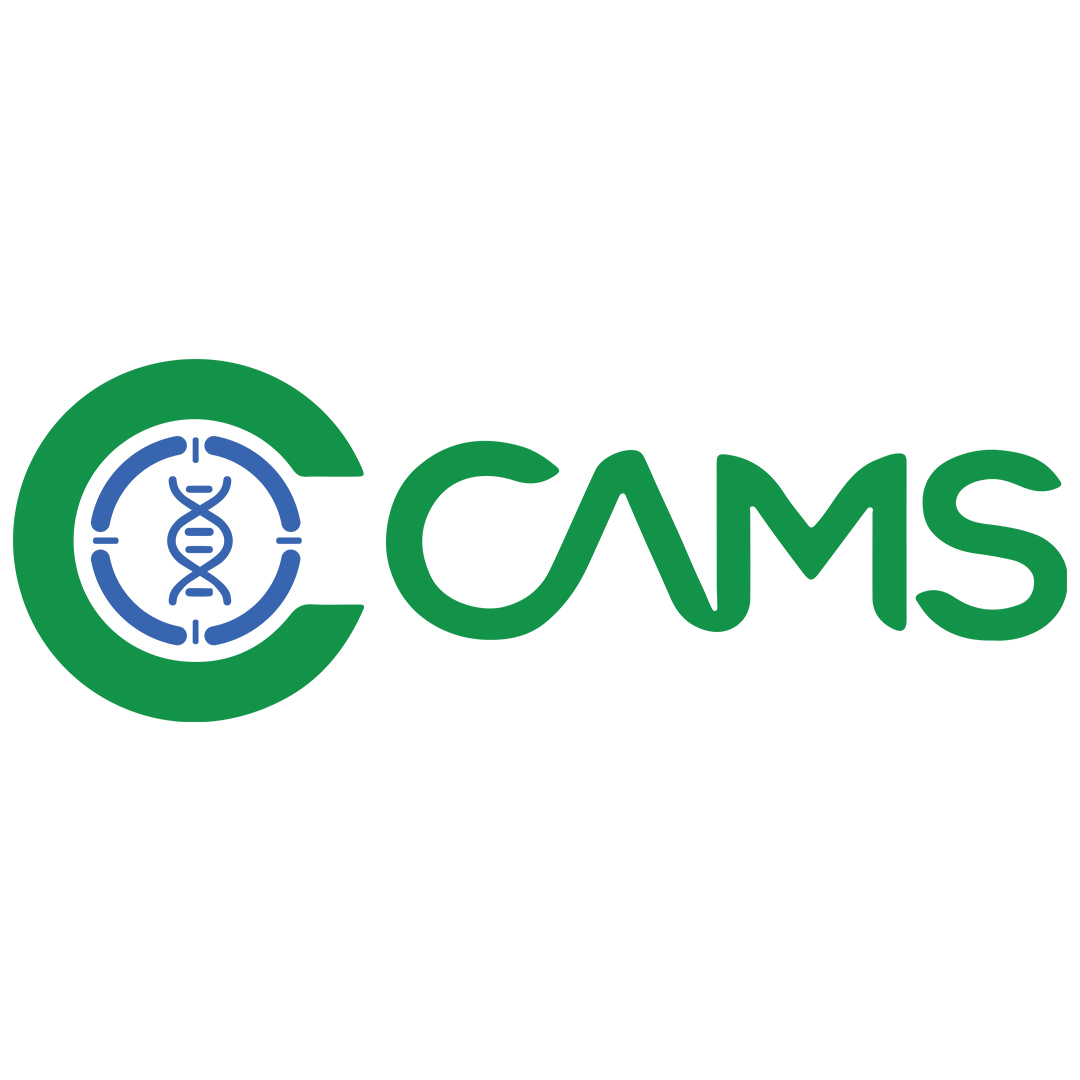For individuals with mild symptoms of COVID-19 or those who are confirmed to have the virus but do not require hospitalization, home care may be appropriate. This approach helps to reserve hospital resources for those in critical condition and can prevent the spread of the virus to others. Below are guidelines for home care for COVID-19 patients and the management of their contacts:
Criteria for Home Care:
1. Patients with mild symptoms such as low-grade fever, cough, malaise, runny nose, or sore throat without any warning signs.
2. Patients who no longer require hospitalization and can safely recover at home.
3. When inpatient care is unavailable or unsafe due to limited capacity or resources.
4. Patients without underlying chronic conditions that increase the risk of complications.
Role of Health Care Workers (HCW):
– Clinical evaluation should be conducted on a case-by-case basis to determine if home isolation is appropriate.
– Assess the safety of the patient’s home environment and the ability of the patient and family to adhere to recommended precautions.
– Establish communication with the patient’s caregiver or family member to monitor the patient’s condition regularly.
– Educate patients and household members on personal hygiene, infection prevention measures, and caring for the infected individual safely.
Monitoring for Worsening Symptoms:
– Advise patients and caregivers on recognizing signs of clinical deterioration that require medical attention.
– Monitor symptoms regularly, ideally once a day, and seek urgent care if symptoms worsen significantly.
– Consider home pulse oximetry to assess oxygen saturation, especially for patients with mild or moderate COVID-19.
Role of Patient and Family:
– Isolate the patient in a well-ventilated room with limited movement and shared space.
– Household members should maintain distance or sleep separately if possible.
– Exception for breastfeeding mothers, who should continue breastfeeding with precautions.
– Limit the number of caregivers and ensure they practice strict hygiene measures.
– Perform hand hygiene frequently and use masks and gloves when in close contact with the patient or handling contaminated items.
– Clean and disinfect surfaces regularly, including linens and utensils used by the patient.
Management of Contacts:
Contacts of probable or confirmed cases should quarantine at home for 14 days and monitor their health.
– Contacts include individuals with face-to-face contact, physical contact, or direct care for a COVID-19 patient without proper protective equipment.
Releasing COVID-19 Patients from Isolation at Home:
– Patients discharged from the hospital should continue home isolation until they are no longer infectious.
– Criteria for release include 10 days after testing positive for asymptomatic individuals or a minimum of 10 days after symptom onset plus at least 3 additional days without symptoms for symptomatic patients.
By following these guidelines, individuals with COVID-19 can receive appropriate care at home while minimizing the risk of transmission to others.
Source: WHO
their health.
– Contacts include individuals with face-to-face contact, physical contact, or direct care for a
COVID-19 patient without proper protective equipment.
Releasing COVID-19 Patients from Isolation at Home:
– Patients discharged from the hospital should continue home isolation until they are no longer
infectious.
– Criteria for release include 10 days after testing positive for asymptomatic individuals or a
minimum of 10 days after symptom onset plus at least 3 additional days without symptoms for
symptomatic patients.
By following these guidelines, individuals with COVID-19 can receive appropriate care at home
while minimizing the risk of transmission to others.
Source: WHO

